The Wentian and Mengtian lab modules will be sent into space this year, and will become the central working area for astronauts in orbit after China's space station construction is completed, according to a press conference on Sunday.
The Wentian lab module will be launched in July and Mengtian in October, Hao Chun, director of the China Manned Space Agency, said at the press conference.
Yang Hong, the chief designer of the space station system of the China Manned Space Program at the China Academy of Space Technology, said that both modules are equipped with experiment cabinets and an installation platform for extravehicular payloads. In the two lab modules, astronauts will be able to research space science, space materials, space medicine and space exploration.
The Wentian lab module is equipped with the same astronaut living facilities as the Tianhe core module, including three sleeping areas, a toilet and a kitchen. Wentian and Tianhe can support six astronauts living in space during the rotations of two spacecraft crews.
A small mechanical arm is installed on the Wentian lab module. It can be used alone or work with the larger robotic arm on the Tianhe core module to assist astronauts in extravehicular activities.
An airlock cabin in the Wentian lab module will serve as the main exit-entry point for extravehicular activities once the construction is completed. The node cabin in Tianhe will then serve as a backup.
To ensure the reliability of the space station, Wentian will act as a backup for the management and control of the space station complex if there is an issue with the core module.
In the Mengtian lab module, a cargo airlock cabin and a deployed extravehicular platform will serve future extravehicular research projects. The science equipment that needs to be installed outside will first be sent to the space station by cargo craft, then transferred outside through the cargo airlock cabin, and then installed on the extravehicular platform by mechanical arms or astronauts.
Yang said the Wentian lab module has completed integrated assembly and testing in Tianjin and is ready for launch. The Mengtian lab module has completed part of its integrated assembly and testing, and is currently undergoing further testing as planned.
Zhong Hong'en, deputy chief designer of the China Manned Space Program's space utilization system, said that the container-free experiment cabinet and high-quality microgravity experiment cabinet in the Tianhe core module have achieved world-leading conditions to carry out frontier research.
In addition to these cabinets, the space station will have another 12 experiment cabinets installed, said Zhong, who is also a researcher at the Technology and Engineering Center for Space Utilization of the Chinese Academy of Sciences. Every cabinet serves as a miniature space lab.
Three large payload hanging points and two experimental exposure platforms will also be deployed, along with the Xuntian space telescope, which will fly in the same orbit as the space station.
Zhong said that the research facilities aboard China's space station will help researchers make breakthroughs in fundamental and cutting-edge scientific issues and promote China's space science research and applications to reach a new level.
Hao Chun noted at the press conference that crewed spaceflights, which can promote economic and social development, are closely related to the national economy and the people's livelihoods.
Hao said that the Beijing Winter Olympics adopted many aerospace technology achievements, from its opening and closing ceremonies to athlete training equipment.
Since China launched its crewed space program 30 years ago, more than 4,000 technological achievements have been widely used in various industries of the national economy, driving technological innovation and industrial upgrading, Hao said.
He said that more space technology progress will be transferred to civil fields to improve the lives of the people, such as using crystalized protein in space to develop new drugs that fight osteoporosis and muscle atrophy.
In the future, China's space station will carry out scientific experiments and technology verification related to the life sciences, material science, microgravity fluid physics, aerospace technology and aerospace medicine, Hao said.
"We believe that more space technologies will serve social and economic development and people's livelihoods," he said.









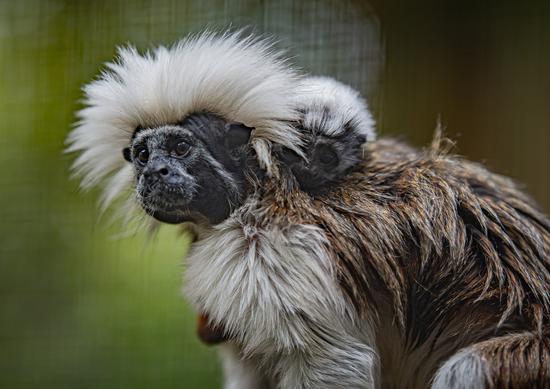
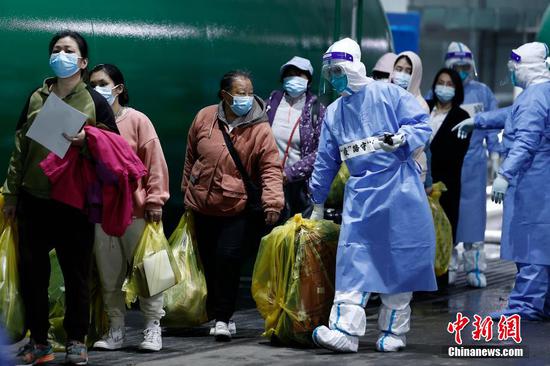


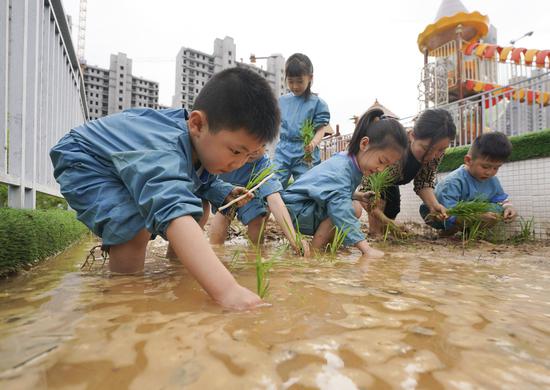


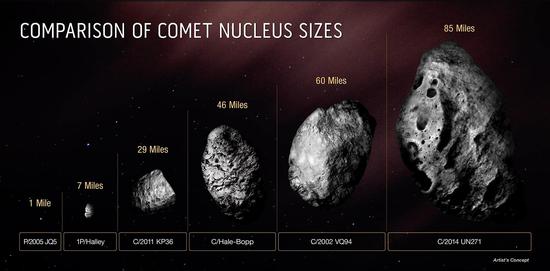


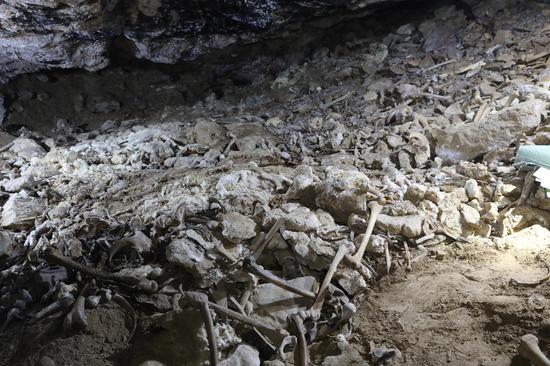


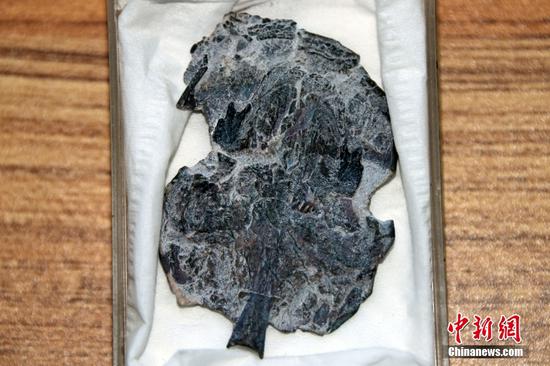
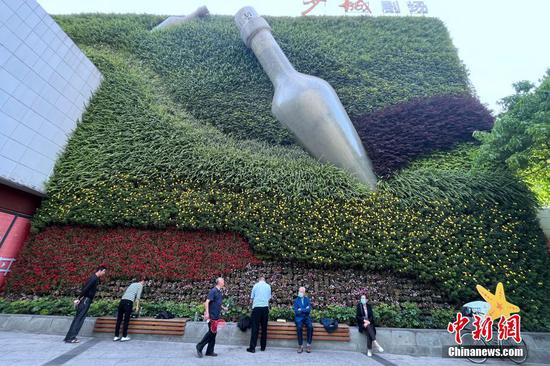
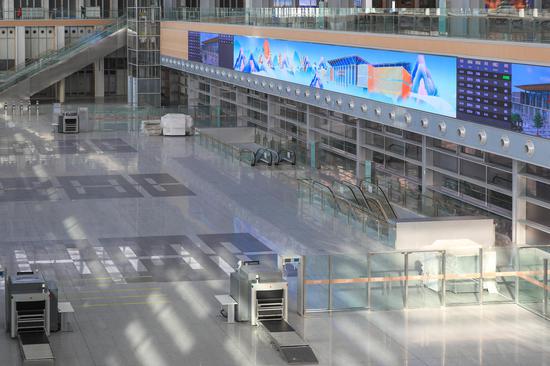


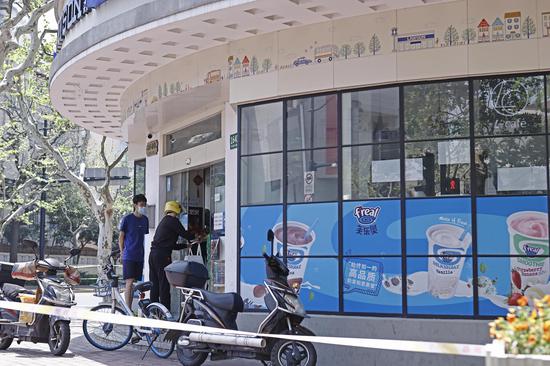

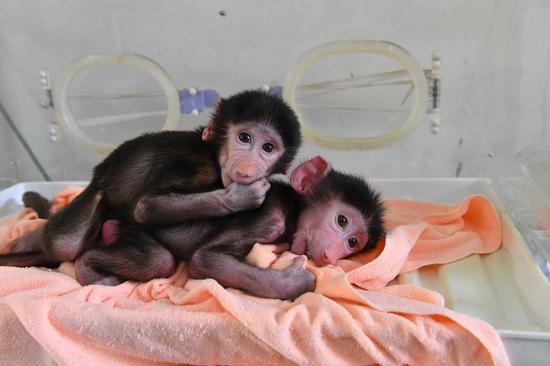
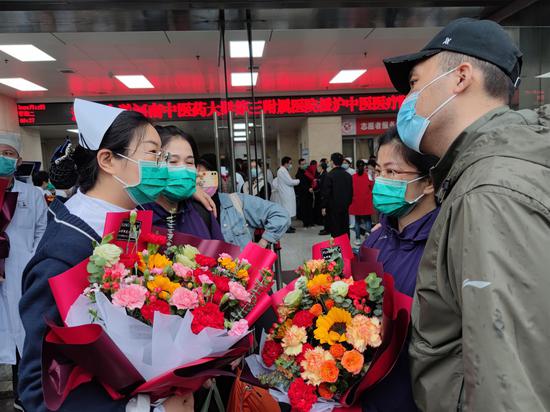
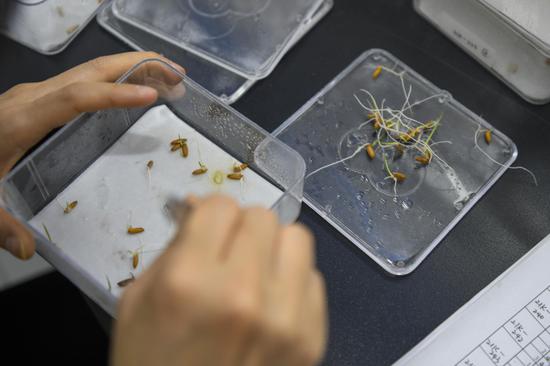
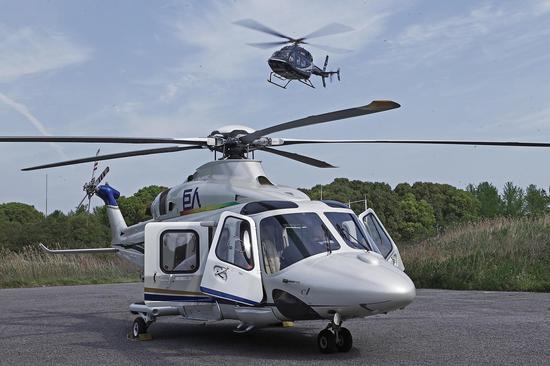





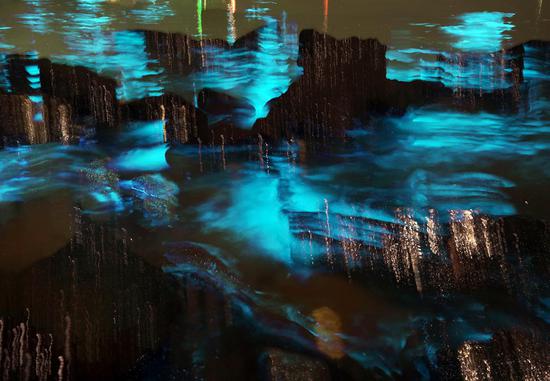

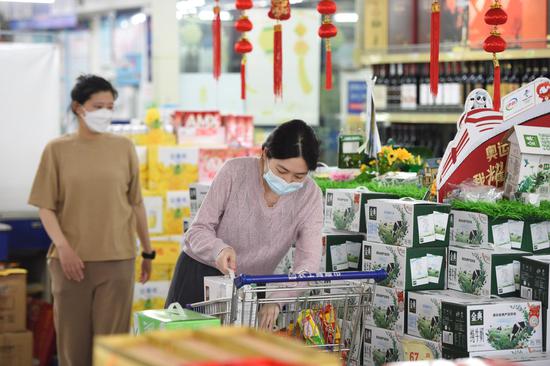
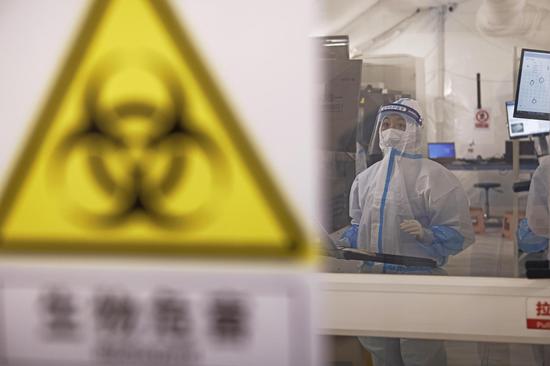

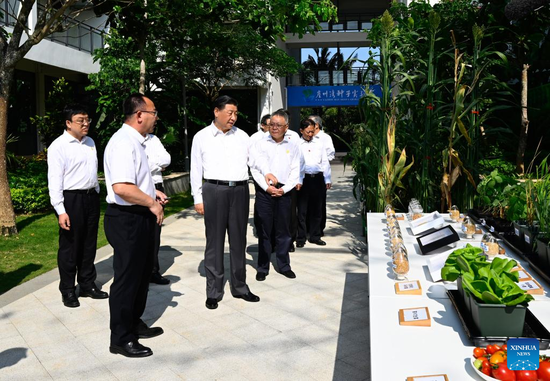






 京公网安备 11010202009201号
京公网安备 11010202009201号